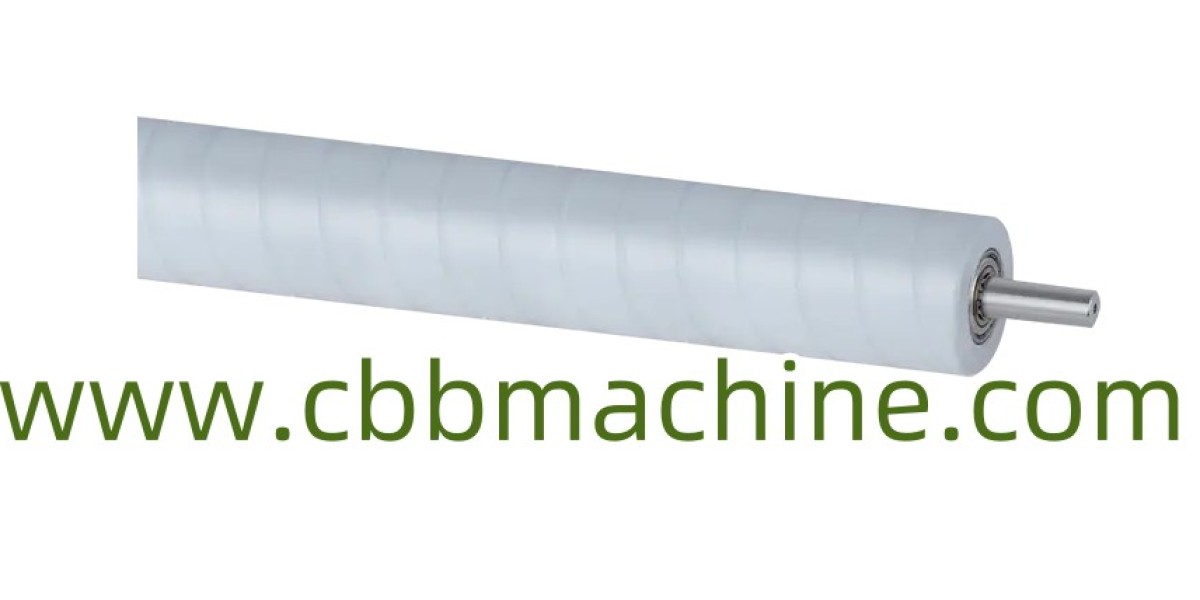Optimizing Industrial Performance with an Aluminum Roller
An Aluminum Roller is a critical component in many industrial applications, offering a blend of strength, durability, and lightweight efficiency. Whether used in printing, packaging, textile, or film processing industries, aluminum rollers serve as precision-engineered tools that ensure smooth operation and consistent material handling across production lines.
Aluminum is well-known for its corrosion resistance, low weight, and excellent thermal conductivity. These properties make it an ideal material for rollers that need to maintain their integrity under various operating conditions. By using aluminum instead of heavier materials like steel, manufacturers can reduce overall machine load, improve energy efficiency, and maintain high-speed performance.
Key Benefits of Using Aluminum Rollers
One of the main advantages of aluminum rollers is their lightweight nature, which results in reduced wear on mechanical systems. This means less strain on bearings and drive components, leading to longer machine life and lower maintenance costs. Additionally, aluminum rollers are easier to handle during installation and adjustments, improving overall worker safety and productivity.
Another major benefit is their resistance to corrosion. In environments where moisture, chemicals, or heat are common, aluminum rollers maintain their form and function over time. This is especially valuable in food processing, pharmaceutical packaging, or any cleanroom applications where hygiene and non-reactivity are essential.
Aluminum also offers excellent thermal stability, making it ideal for high-temperature or heat transfer processes. This helps maintain uniform material temperature, reducing product defects and improving output consistency.
Common Applications Across Industries
Aluminum rollers are used in a wide variety of industries due to their adaptability and performance. In the printing and packaging sectors, they are essential for guiding, feeding, and tensioning paper, films, and foils through various machines. Their smooth surface and structural stability help ensure flawless results during high-speed runs.
In the textile industry, aluminum rollers support processes like coating, calendaring, and drying, where consistent tension and even material distribution are critical. The rollers' low inertia and precision balance minimize fabric stretching or distortion.
In plastic film production, they are commonly used as cooling or guide rollers. Their ability to dissipate heat helps maintain material quality and processing speed. Due to their compatibility with surface treatments like anodizing or hard coating, aluminum rollers can also be customized for special friction, hardness, or surface patterning requirements.
Design and Manufacturing Considerations
Designing an effective aluminum roller involves more than just material choice. Factors such as diameter, wall thickness, length, balance, and surface finish all influence how a roller will perform in a given application. A properly engineered roller minimizes vibration, ensures even tension, and supports the longevity of the entire machine.
Surface finish plays an especially important role. Options like smooth polishing, knurling, or rubber coating are chosen depending on how the roller interacts with the material it touches. For example, a smooth finish may be used for delicate films, while a textured finish can help grip slippery materials.
Balancing is another key aspect. Dynamic or static balancing ensures that the roller maintains consistent rotational behavior, especially at high speeds. Even minor imbalances can lead to uneven results, machine wear, or increased noise.
Maintenance and Longevity
Although aluminum rollers are built for durability, routine maintenance is still essential to preserve peak performance. Regular inspection for surface wear, alignment issues, or contamination helps avoid unexpected downtimes. In many cases, rollers can be reconditioned or resurfaced instead of being replaced, reducing long-term operational costs.
When properly maintained, aluminum rollers can offer years of reliable service, even in demanding environments. Choosing a supplier that focuses on precision manufacturing and quality control can make a significant difference in both performance and lifespan.
Final Thoughts
An aluminum roller is more than just a rotating cylinder—it's a critical part of modern production systems. With their combination of low weight, excellent corrosion resistance, and adaptability, aluminum rollers continue to be a reliable solution across numerous industries. Whether your focus is efficiency, consistency, or ease of handling, integrating the right aluminum rollers into your setup can drive significant operational improvements.








